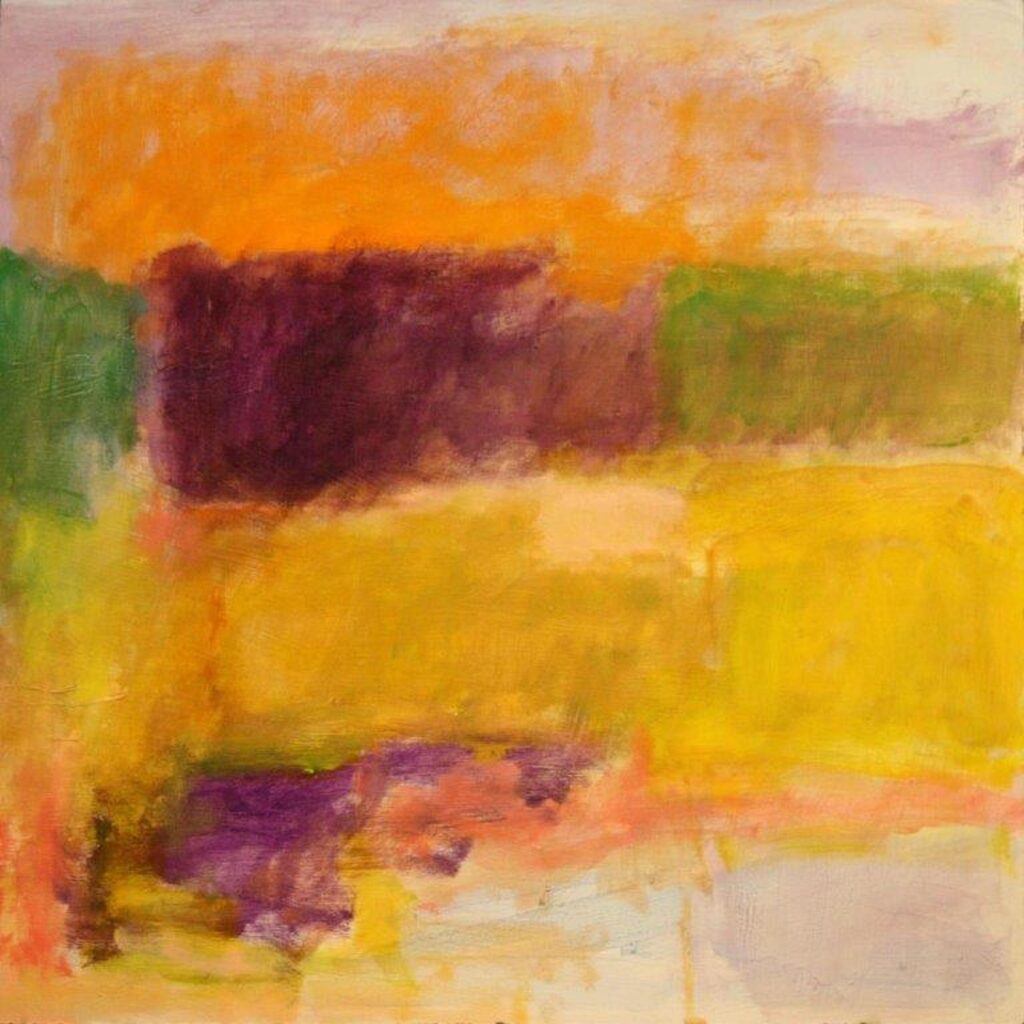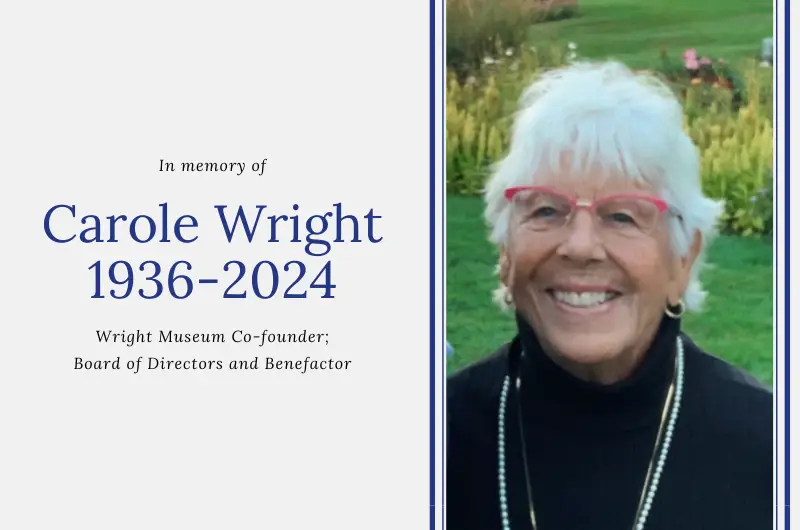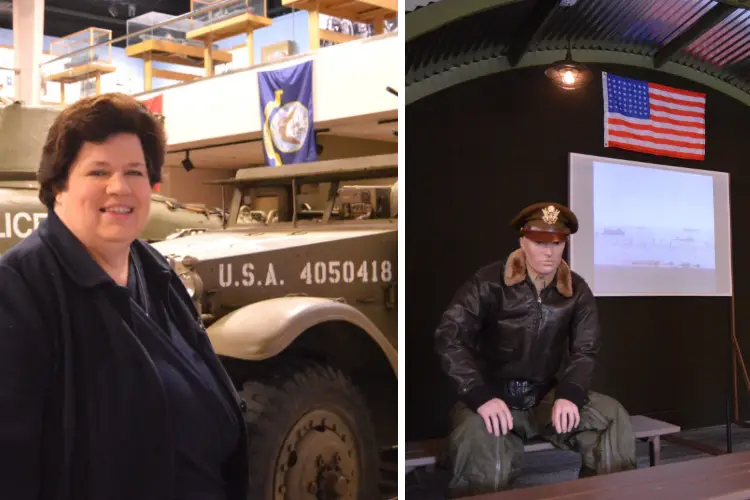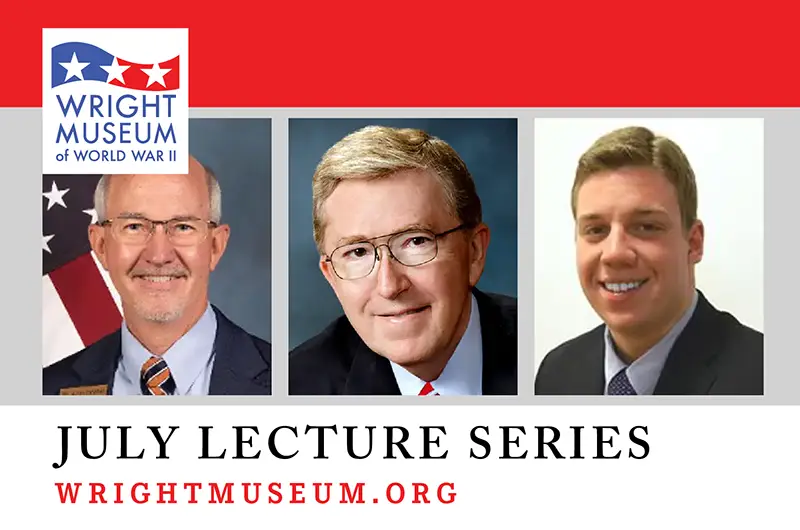So how does an art professor with a professional background as both a photographer and painter end up as executive director of a history museum?
An exhibiting artist for more than 30 years with an undergraduate degree in painting and sculpture and doctorate in art history, Mike Culver, Wright Museum executive director, asks himself that question all the time.
“My career plan was to teach college art and humanities and continue creating my art,” he said.
To make the proverbial long story short, Culver became involved in museum work as a result of his varied background in arts and academia. Serving as Director and Curator at the Ogunquit Museum of American Art in Maine for more than 20 years, he then assumed the same position at the Naples Museum of Art in Florida.
Eventually leaving Naples, he decided to spend a few years just making art through paintings and photography.
“I felt it was the right time to focus on my own work,” he said.
Two years into that plan in 2013, however, he was contacted about applying for the executive director position at the Wright Museum. At the time, he acknowledged he was not really interested in going back into the “museum world,” especially one that seemingly just involved WWII history.
He said the person in the search firm working for the Wright, though, knew his career well and suggested he would be “a good fit” in Wolfeboro.
“I am a ‘history geek’ when it comes to WWII and the Civil War, so I did some research on the Wright’s history and fell in love with its educational mission,” he said. “I visited the Museum and the town and discovered that both were ‘gems’ and decided to apply for the position.”
In addition to liking his proposed 3 to 5 year strategic plan, he said the search committee appreciated both his past work as a museum professional and interdisciplinary interests, which included 20th century American history.
“They hired me,” he said.
That is not the end of the story, however, as Culver continues to create art in multiple mediums. Some of his photographs have been on exhibition both out of state and locally in NH.
In Wolfeboro, his work has been shown at Meredith Village Savings Bank and Huggins Hospital, the latter of which will again serve as backdrop for an exhibition of color and black/white photographs that opens in September. His paintings are also part of several museum collections, including the Rhode Island School of Design Museum.
As for what motivates his own personal creations, he said his work as a painter walks “the fine line” between representation and abstraction. He focuses on color and movement within the picture plane and self-expression.
“I love how colors react to each other, the physical movement of paint over the surface of the canvas and reinterpreting what I find worthy of a specific subject,” he explained.
In his photographs, he said he tends to see every photo in terms of black/white, which means he selects images based on form, texture and space rather than subject matter and color.
“I find a rusty iron gate as worthy of photographing as the reflection of fall trees in a pond,” he said. “I suppose I am selfish as an artist. I paint and photograph what appeals to me rather than attempt to create for a buying audience.”
Culver also has the chance to satiate his inner artist as executive director at the Wright Museum, which in his words possesses “some fine space on its second floor” in what has always been called ‘The Art Gallery.’ Adjacent to that space is the Seminar Room in which the museum holds evening educational programs.
“Together, the two rooms have about 300 running feet of wall space for hanging flat work,” he said. “Since I arrived at the Wright, we have been using those two galleries for temporary exhibits that have included quilts, photographs, paintings and drawings all related to WWII subjects.”
The Wright Museum has also featured shows about Anne Frank, the Korean War, Norman Rockwell, Pearl Harbor, the war in the Pacific, D-Day, WWII Home Front production and other topics.
“By annually featuring 2 to 3 temporary exhibits in these galleries, we motivate people to visit the museum multiple times during our May to October season,” he said. “We purposefully exhibit diverse subjects so that we appeal to as many demographics as possible.”
According to Culver, this plan has increased annual attendance, membership and wider financial support.
“Consequently, we are also able to enhance our more permanent displays in the rest of the Museum and create new ones, including interactive displays,” he added. “This is a special place with a dedicated Board and volunteers, and I have the chance to work with some wonderful people. It is a team effort here.”
The Wright Museum is open daily through Oct. 31 from 10 a.m. to 4 p.m., Monday through Saturday, and noon to 4 p.m. on Sundays.
To view Culver’s work, visit www.mculverart.com




